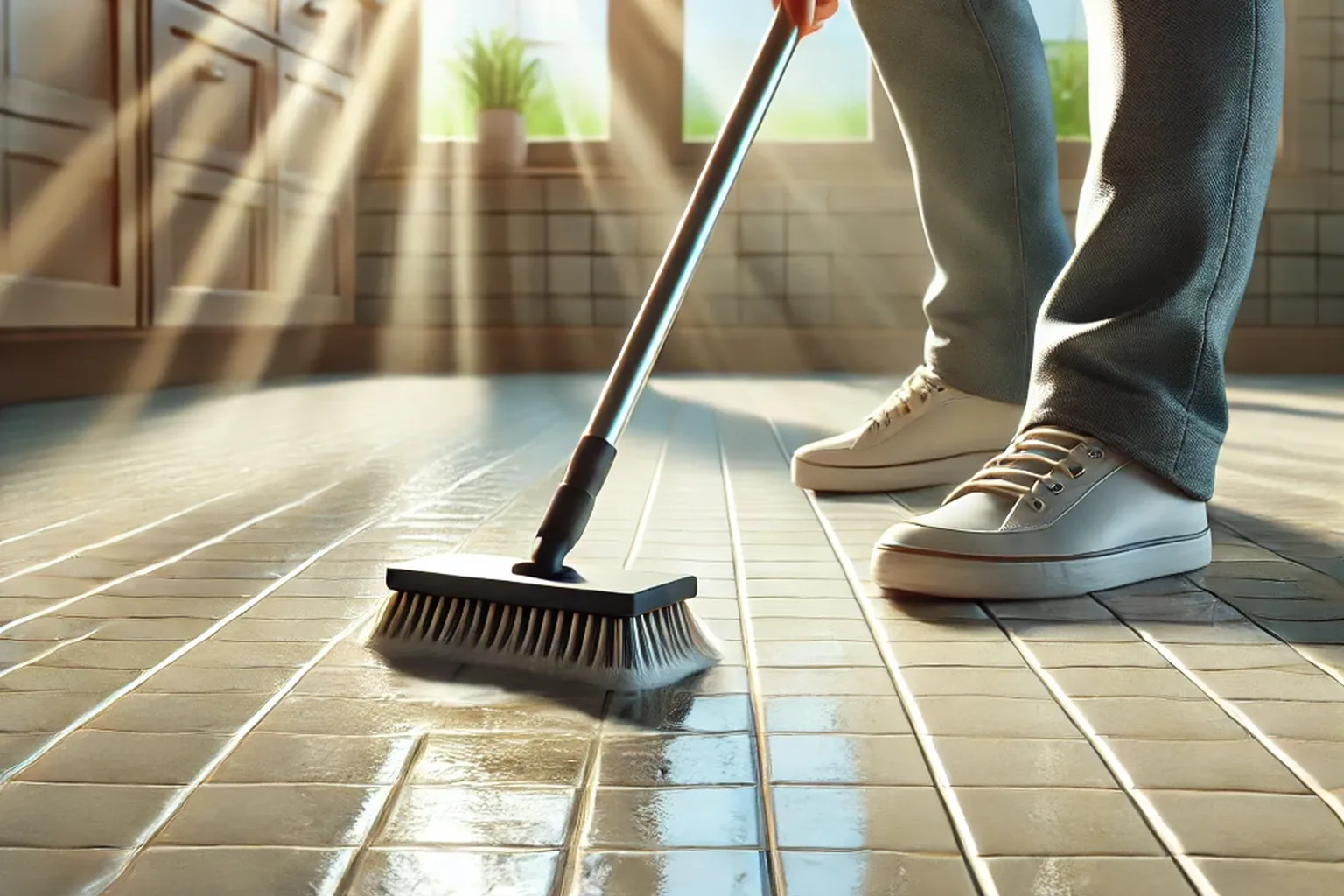How to Clean Tile Grout – Tips for Restoring Your Tiles to Like-New Condition
Get your tile grout looking fresh with our effective cleaning guide. Discover tips to remove grime, mildew, and stains for a sparkling, like-new look.Likes
Recommends
Helpfuls

Why Grout Cleaning is Essential for Tile Maintenance
Grout lines between tiles can accumulate dirt, mold, and stains over time, making floors and walls look dull and uninviting. Regular grout cleaning not only improves the appearance of your tiles but also helps prevent mildew and keeps your bathroom, kitchen, or any tiled area hygienic. Follow these tips to make grout cleaning a manageable and rewarding task.
Simple, Effective Methods for Cleaning Tile Grout
Step 1: Start with Baking Soda and Vinegar
Baking soda and vinegar are effective natural cleaners for grout. Start by sprinkling baking soda over the grout lines, then spray vinegar over the baking soda until it bubbles. Let it sit for a few minutes to break down dirt, then scrub with a toothbrush or grout brush. Rinse with water and wipe dry.
Step 2: Use Hydrogen Peroxide for Tough Stains
For tougher grout stains, hydrogen peroxide is an effective solution. Mix equal parts hydrogen peroxide and baking soda to form a paste. Apply it to the grout, let it sit for 10–15 minutes, then scrub with a brush. This method works particularly well on mildew and soap scum in bathrooms.
Step 3: Tackle Mildew with Oxygen Bleach
Oxygen bleach is safe for most tile surfaces and excellent for removing mildew. Mix oxygen bleach powder with warm water according to the package instructions. Apply the solution to the grout lines and let it sit for 10–15 minutes. Scrub with a brush, rinse, and dry the area thoroughly to prevent mildew from returning.
Step 4: Avoid Harsh Chemicals Like Chlorine Bleach
While chlorine bleach can be effective, it is often too harsh for grout and can discolor or weaken it over time. Stick to safer alternatives like baking soda, vinegar, or oxygen bleach to avoid damage. Chlorine bleach should only be used as a last resort on very stubborn stains and diluted properly.
Step 5: Seal Grout After Cleaning
Sealing grout after cleaning helps protect it from stains and moisture, keeping it clean for longer. Use a grout sealer suitable for your tile type and apply it along the grout lines. Follow the manufacturer's instructions, and allow the sealer to cure before using the area again.
Step 6: Maintain Grout with Regular Cleaning
Once your grout is clean, regular maintenance prevents future buildup. Wipe down tiled areas weekly, and avoid harsh chemicals that can erode grout. Using a mild cleaner and a soft brush keeps grout lines clean without over-scrubbing.

Consider Professional Grout Cleaning for Deep Stains
If your grout has deep stains or extensive mildew, consider hiring a professional cleaning service. Companies like HQ Cleaning Group specialize in deep grout and tile cleaning, ensuring long-lasting results and a like-new appearance for your tiles.
Final Thoughts
Grout cleaning may seem challenging, but with the right techniques and materials, you can restore your tiles to a fresh, clean state. Regular maintenance and the occasional deep clean will keep grout lines looking their best. For tough stains or large areas, professional services can ensure a thorough, effective clean without the hassle.
